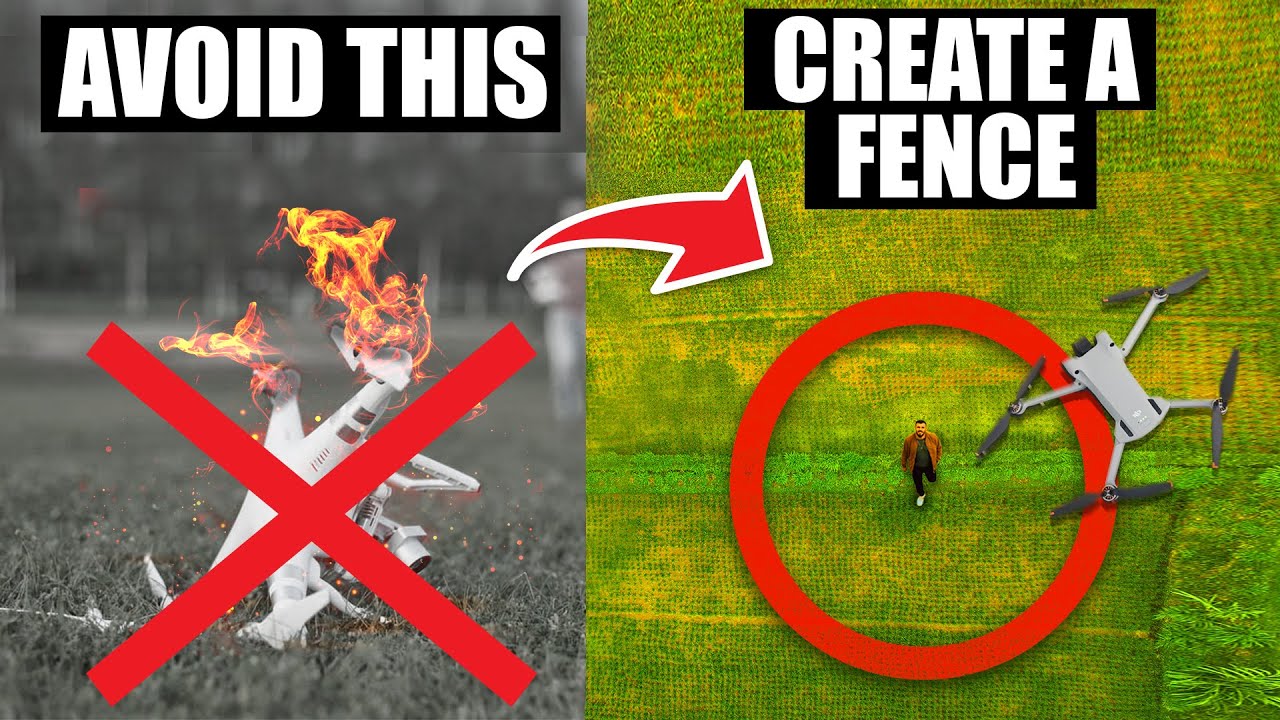How to Avoid Drone Crashes: The Ultimate Safety Checklist
Drones have become an essential tool for various industries, including photography, agriculture, and surveillance. However, crashes remain a significant concern, often leading to costly repairs, lost equipment, and even safety hazards. To ensure a smooth and safe flight, drone pilots must follow essential safety measures. By adopting a structured pre-flight, in-flight, and post-flight routine, you can minimize risks and protect both your drone and the environment around you.
Before taking off, proper preparation is crucial. One of the first steps is checking the weather conditions. Strong winds, rain, or extreme temperatures can make it difficult to control the drone and may even interfere with its sensors and battery performance. Next, conducting a thorough physical inspection of the drone is essential. Checking for cracks, loose screws, or damaged propellers ensures that no mechanical failure occurs during the flight. Additionally, keeping the firmware and software up to date prevents glitches or bugs that could impact flight performance. Calibration of sensors and the compass should also be a routine practice, as incorrect calibration can lead to erratic drone behavior. Verifying battery health is another crucial step—damaged or weak batteries can result in unexpected power loss mid-flight, increasing the risk of a crash. Finally, ensuring a strong connection between the controller and the drone helps prevent disconnections, which can be a common cause of flyaways.
Taking off and landing require extra caution, as most crashes happen during these stages. Selecting a safe and flat takeoff location prevents the drone from tilting or getting caught in debris. If the drone has an automatic takeoff and landing feature, using it can provide a smoother and more controlled experience. Before flying to higher altitudes, letting the drone hover at a low height for a few seconds allows the pilot to assess its stability. When landing, choosing an open and obstacle-free area reduces the chances of collisions. Activating the Return-to-Home (RTH) function can also be a lifesaver in case of signal loss or low battery.
While in flight, maintaining control and awareness of the surroundings is critical. Keeping the drone within visual line of sight (VLOS) helps prevent unintended collisions. Flying in open areas is always advisable to avoid obstacles like trees, power lines, and buildings. Additionally, monitoring battery life throughout the flight ensures the drone has enough power to return safely. Another essential practice is staying within the drone’s transmission range to prevent signal loss, which can lead to a crash. If the drone is equipped with obstacle avoidance sensors, activating them adds an extra layer of protection against unexpected obstacles. Furthermore, avoiding restricted airspace, such as airports or heavily trafficked areas, is vital to ensure compliance with regulations and safety protocols.
Even with the best precautions, emergencies can still happen. Being prepared for unexpected situations can help prevent disastrous outcomes. Setting an appropriate Return-to-Home (RTH) altitude ensures that the drone can navigate back safely without hitting obstacles. In case of signal loss, remaining calm is crucial—many drones are designed to reconnect automatically or return home if they lose connection. If the battery unexpectedly drops to a critical level, lowering the altitude and identifying a safe landing spot quickly can prevent a sudden crash. Knowing how to manually control the drone is also beneficial, as it allows the pilot to take over if the automated systems fail.
Post-flight maintenance plays a key role in ensuring the longevity and performance of the drone. After each flight, inspecting the drone for any damage or signs of wear can help identify potential issues before they become serious problems. Cleaning the drone regularly, especially after flying in dusty or wet environments, prevents debris from affecting the motors and sensors. Proper battery storage is also important—keeping batteries in a cool, dry place and avoiding full charge storage for extended periods helps maintain battery health. Lastly, reviewing flight logs and data can provide insights into performance and highlight any areas for improvement.
By following these safety guidelines, drone pilots can significantly reduce the risk of crashes and enjoy a seamless flying experience. Adopting a responsible approach to drone operation not only protects the equipment but also ensures the safety of people and surroundings. With careful preparation, safe flying habits, and regular maintenance, drone crashes can be minimized, making every flight smooth and successful.
.png)






Leave a Comment
Your email address will not be published. Required fields are marked *